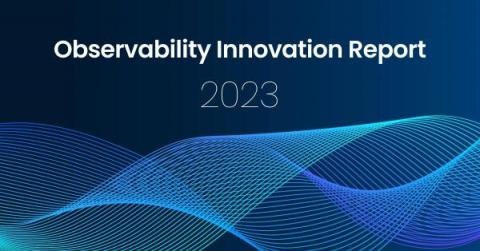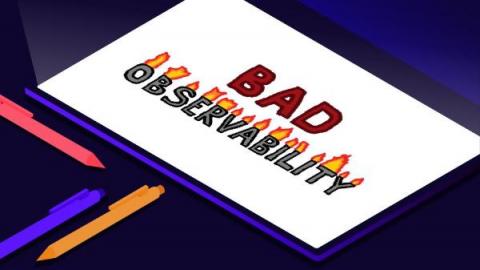Achieving Full Observability With Telemetry Data
In today's digital age, organizations increasingly depend on their technology infrastructure to keep their operations running smoothly. These infrastructures include servers, networking equipment, IoT devices, and applications. The data generated by all this infrastructure (logs, metrics, traces) is known as telemetry data, which has a tremendous potential value to organizations. However, it can be challenging to control telemetry data and utilize it effectively.










